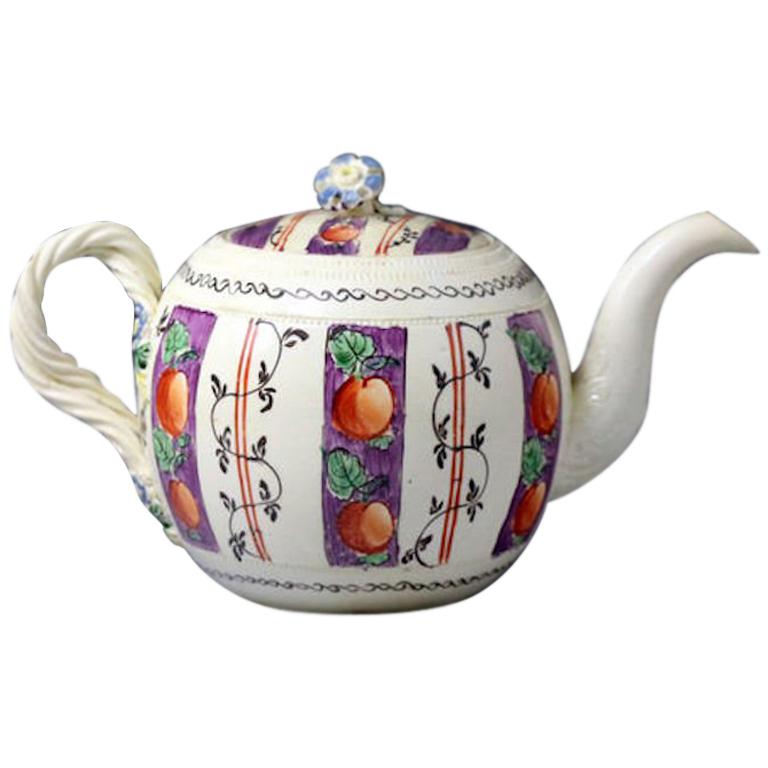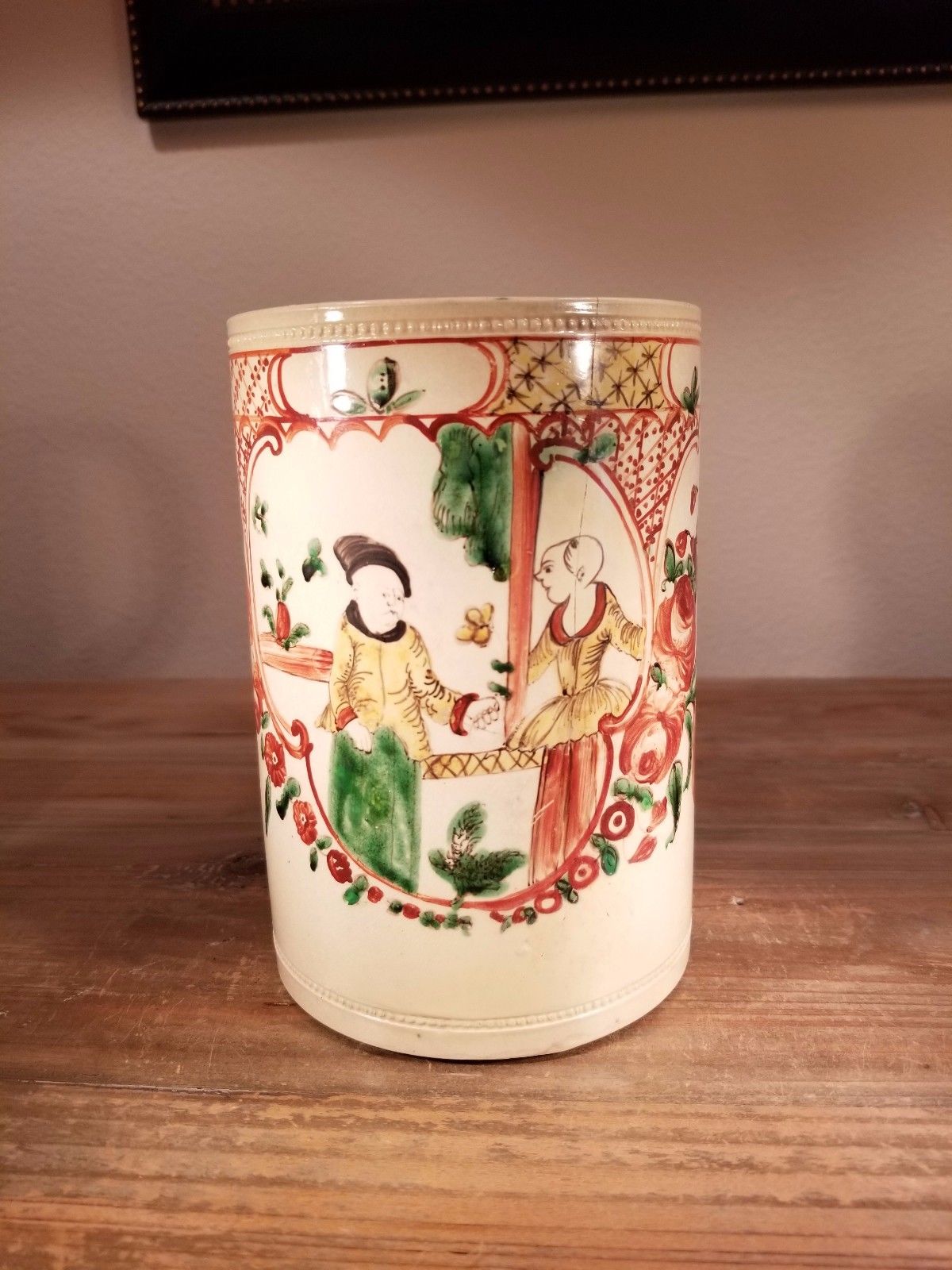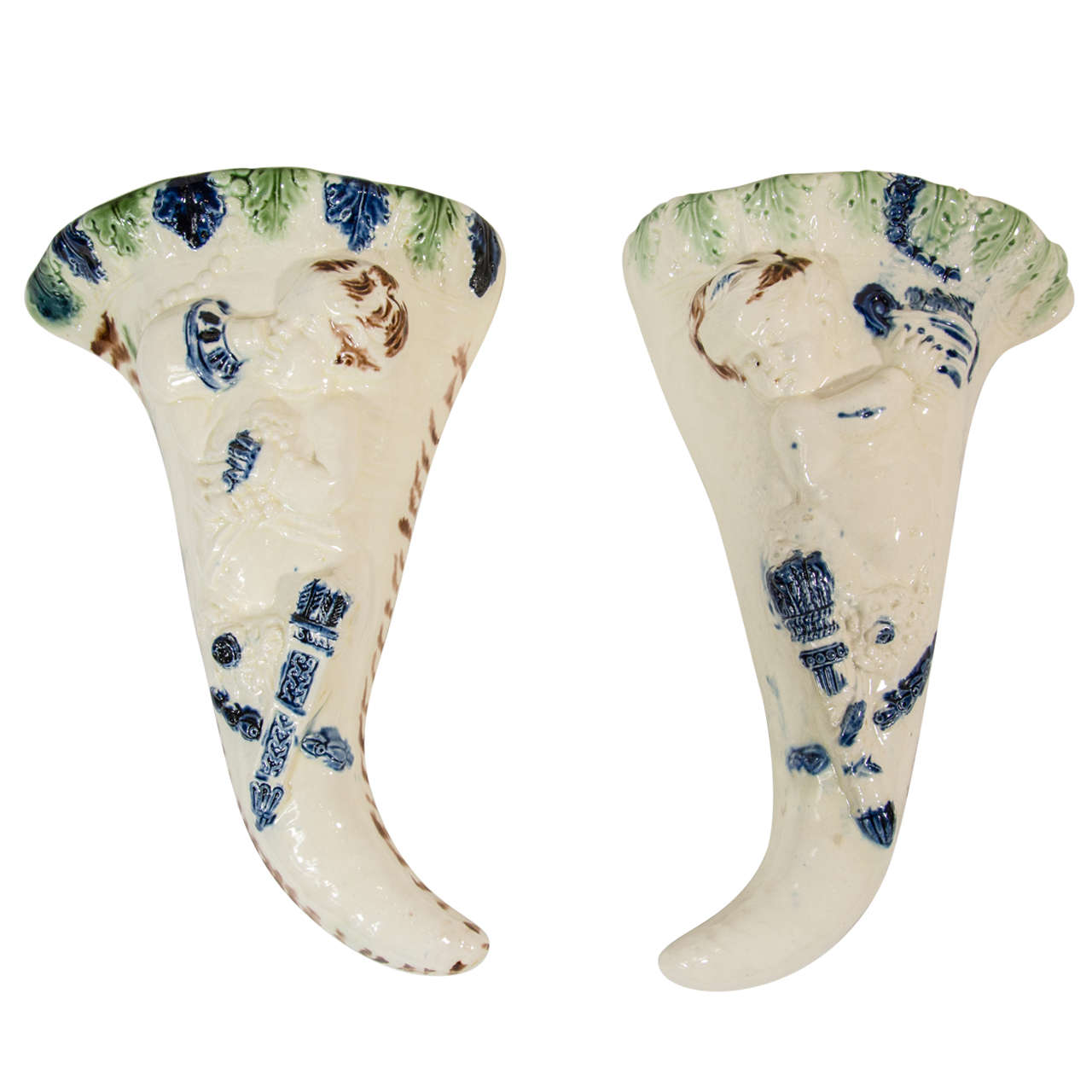

In his discussion of the price list he notes that the left side of the list features “A Scale of Twelve Inches English Measure,” an important guide as every nation had its own measuring standard. Leeds Pottery price list of 1796, the author indicates that £71.52 is the 2003 equivalent of £1 in 1796. When citing a newly discovered Hartley, Greens and Co. Often we wonder what the present-day equivalents of these amounts would be. He discusses partners’ salaries and workers’ wages and also quotes the factory’s changing value and prices realized when partners’ shares were sold by their heirs. It is essential reading for everyone interested in material culture.

Books on pottery are often written exclusively from the collectors’ point of view, but Griffin’s book offers so much more. The inclusion of Court of Chancery proceedings, annual coal consumption, and insurance policies might be considered unnecessarily pedantic. He does this convincingly by providing primary sources to ensure that there could be no further excuse for not knowing when the factory started, who founded it, and when and why it had financial successes and difficulties. On reflection, I deduced that the author was cognizant of the need not only to explain why past discussions about the Leeds Pottery were inaccurate but also to prove his position beyond reasonable doubt. One might wonder why all of this needs to be said. Details of retirement, death, and inheritance are given in full. The partnership articles of agreement are quoted in part, analyzed, and a complete transcript is appended. We read in great depth about the founding partners, their personal investment, and share ownership. Volume 1 begins with chapters devoted to a critical history of the factory.

He concludes with details of a revival of factory products in the period 1880 to 1950. Volume 2 concentrates on analyzing and reproducing twelve surviving design, drawing, and pattern books from the late-eighteenth- and early-nineteenth-century Leeds Pottery. Volume 1 is mainly devoted to company history and a survey of production, predominantly creamware and pearlware. In two volumes, John Griffin revises and expands our knowledge of one of England’s foremost earthenware factories.

This landmark publication incorporates newly discovered sources, original factory design books, and the expertise of a dedicated collector. 1,134 color plates and 186 other color illus. Leeds, Eng.: Leeds Art Collection Fund, 2005. John Griffin, The Leeds Pottery, 1770–1881.


 0 kommentar(er)
0 kommentar(er)
